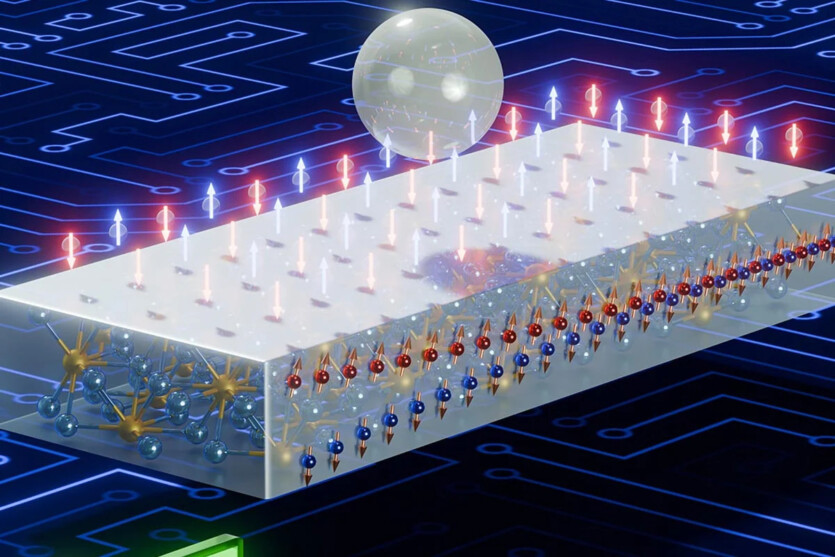
A group of American researchers from the University of Minnesota has introduced a new Ni4W, which can dramatically change the way electronic devices process and store information.
As digital devices evolve, the need for faster and more efficient memory systems is growing. Scientists are researching new materials that could improve or replace existing memory technologies, consuming significantly less energy.
Ni alloy4W is capable of changing the magnetic state without the use of external magnets. This can reduce the power consumption of electronic devices, such as smartphones, laptops, and data centers.
Ni4W is made from widely available materials and is amenable to standard processing technologies, paving the way for accelerated development of cheaper and more environmentally friendly electronics. Researchers used an alloy and tungsten, as it generates a powerful spin-orbit momentum — key effect for control magnetization in modern memory devices and logic systems.
«Ni4W reduces power consumption during data writing, which has the potential to significantly reduce power consumption in electronics», — emphasized senior author of the study, professor Jian-Ping Wang.
According to one of the researchers in the group led by Jian-Ping Wang, Ifei Yang, unlike traditional materials, Ni4W is capable of generating spin currents in several directions, providing «free» switching of magnetic states without the need for external magnetic fields.
«We observed high spin-orbit momentum efficiency in several directions in Ni4W both in its pure form and in combination with tungsten, indicating its high potential for use in low-power, high-speed spintronic devices», — adds Yifei Yang.
The low cost of the material makes it very attractive to industry. Soon, the alloy may be used in devices we use every day, such as smartwatches, phones, and more. The next step will be to create a device from these materials that will be even smaller than the previous design.
The results of the study are published in the journal Advanced Materials
Source: SciTechDaily

Spelling error report
The following text will be sent to our editors: